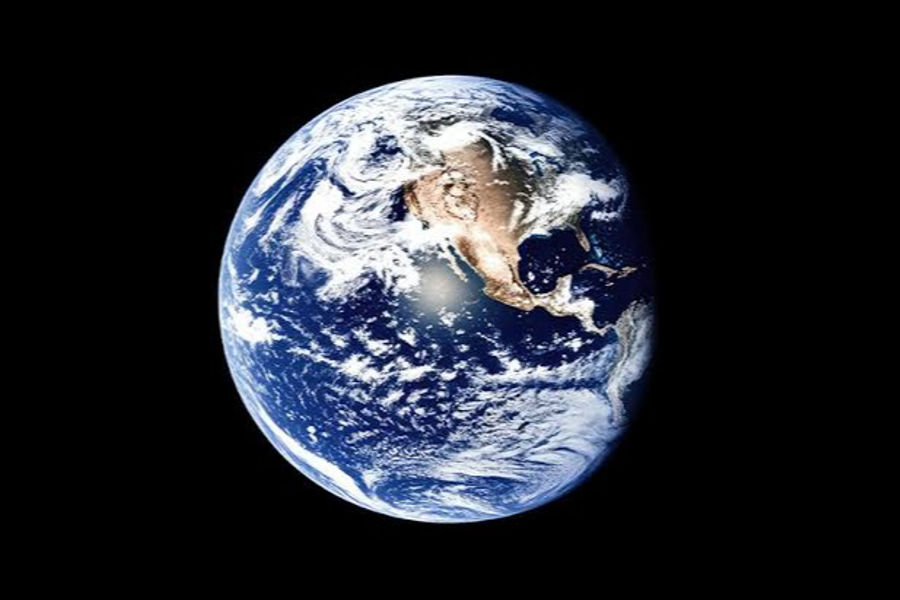

SYDNEY: An international team of researchers has revealed how Earth’s atmosphere transformed from oxygen-poor to oxygen-rich over about 2 billion years.
The team reconstructed the rise of atmospheric oxygen and its dynamic interplay with the oceans by analyzing high-resolution oxygen isotope records preserved in ancient sulphate minerals, according to a statement released Thursday by the University of Western Australia (UWA).
Their study revealed three major episodes of atmospheric oxygen increase, during the Paleoproterozoic (2,500 to 1,600 million years ago), Neoproterozoic (1,000 to 538.8 million years ago), and Paleozoic (538.8 to 252 million years ago) eras, culminating in stable, modern-like levels about 410 million years ago.
“The rise of oxygen in Earth’s atmosphere is fundamental to the emergence of oxygen-breathing complex life, planetary habitability and the creation of vital natural resources,” said Matthew Dodd from the UWA’s School of Earth Sciences.
The study, led by China’s Chengdu University of Technology in collaboration with the UWA and published in Nature, showed that following the Neoproterozoic oxygen rise, Earth’s largely oxygen-poor oceans experienced periodic oxidation pulses.
The events resulted in synchronized carbon, sulphur and oxygen isotope shifts over hundreds of millions of years, which suggests that increasing atmospheric oxygen repeatedly triggered transient ocean oxidation.
“The findings provide an environmental framework for understanding the origin and evolution of life on Earth, as well as the formation of mineral deposits and petroleum resources,” Dodd said.